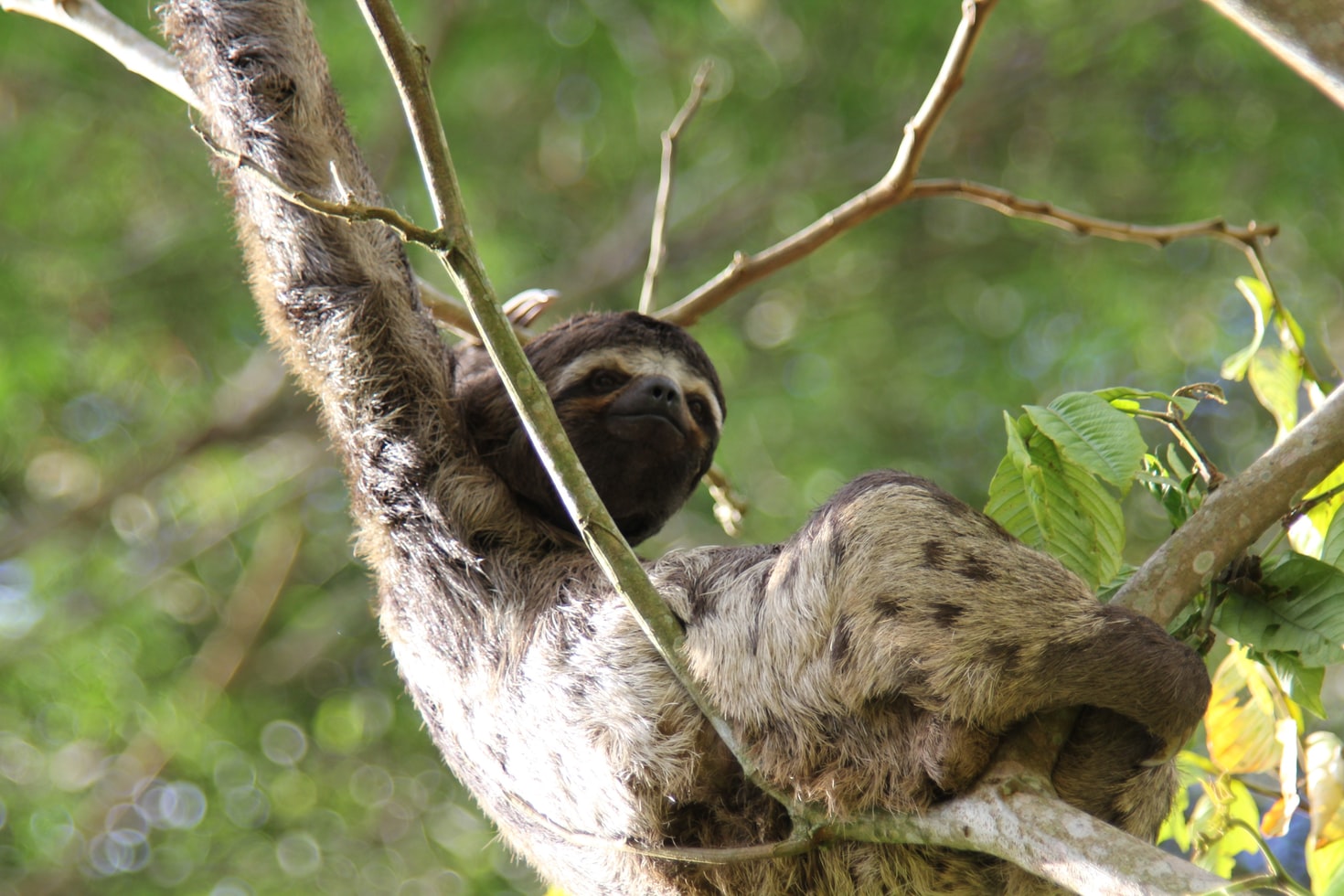An Iquitos jungle tour entails a visit to the Amazon rain forests and the Amazon River ecosystem, a great tourist attraction. As one of the most biologically diverse systems in the world, this jungle contains millions of animal and plant species that you can explore. Below we look at ten of these and some amazing facts about the animals.
Toucans
They have been touted as the most stunning birds in the Amazon rainforest. They have huge colored bills, which account for nearly half of their body length. They are arboreal, meaning they spend most of their life on trees. Toucans are resident breeders since they do not migrate. They are popular for their intelligence, and their bright colors make them popular pet trade that you can see in your Iquitos jungle tours.
Ocelots
Ocelots are medium-sized wild cats that look like dwarf leopards. They thrive in areas with thick plant cover, mainly mangrove swamps and tropical forests. Ocelots are hunted for their fur, making them an endangered species. They are also sold as pets to tourists, which involves killing their mother to sell the kittens. They are very active at night and sleep during the day. Due to their small size, they are an easy target to eagles and large snakes. You can see them when you do Iquitos jungle tours from Grand Amazon Tours.
Two- and Three-Toed Sloths
Sloths are slow-moving animals that travel at an average speed of 0.21km/hr. They live exclusively on trees, hanging quietly, and only descend once a week to defecate. Their thick fur is green in color due to algae growth. This is believed to help them camouflage due to their sluggish habits. Sloths have a very slow metabolism, and it takes about a month for digestion to take place.
Pink Dolphins
Pink dolphins inhabit the Amazon River and its tributaries in large numbers. Also known as boto, the dolphins only live in freshwater with their population approximated to be tens of thousands. The Amazon species is the largest in the world.
Pygmy Marmosets
These are small monkeys and some of the smallest primates in the world, weighing just over 100 grams. The gummivores live in rainforests, mostly in river-edge and evergreen forests. Most of their diet is made up of gum hence the name gummivores.
Emerald Tree Boas
You may also look out for this non-venomous boa snake family. They are bright, emerald green in color with a yellow underside and zigzag stripes on the back. The snakes love a solitary life, mostly coiled over tree branches with the head resting at the center.
Black Caiman
This is one of the largest species in the alligator family, growing up to 5 meters long. The black caiman is believed to be the largest predator in the Amazon. It preys on any animal within its range, including all predators in the jungle. The black color helps the predator absorb heat and also acts as camouflage while hunting.
Poison Dart Frogs
This is a highly poisonous frog species with very toxic secretions. They are brightly colored depending on the toxicity hence, aposematic. This means the color warns other predators that it’s not worth attacking or eating them due to their poisonous nature. You will find them on the floor of the rainforest.
Giant River Otters
The species you are likely to see at the Amazon jungle during Iquitos jungle tours is the largest in the world in terms of size. They have very powerful tails and webbed feet that they use to swim across the Amazon rivers. Their fur is water repellant, and this helps them keep warm. Giant river otters are very vocal and believed to have over nine identified distinct sounds.
Macaws
The iconic birds have a striking semblance to parrots though bigger in size. They have striking bright red, blue, and yellow feathers, which makes them a spectacle to behold. They are social and very intelligent, with some species known to mimic human sounds. Macaws vocalize to communicate with loud screams, squawks, and calls. One interesting fact about macaws is that they mate for life.
One thing that stands out on all these animals is their strikingly beautiful colors and other features that make them stand out. Look out for these amazing animals during your next Iquitos jungle tours and learn other unique facts.

